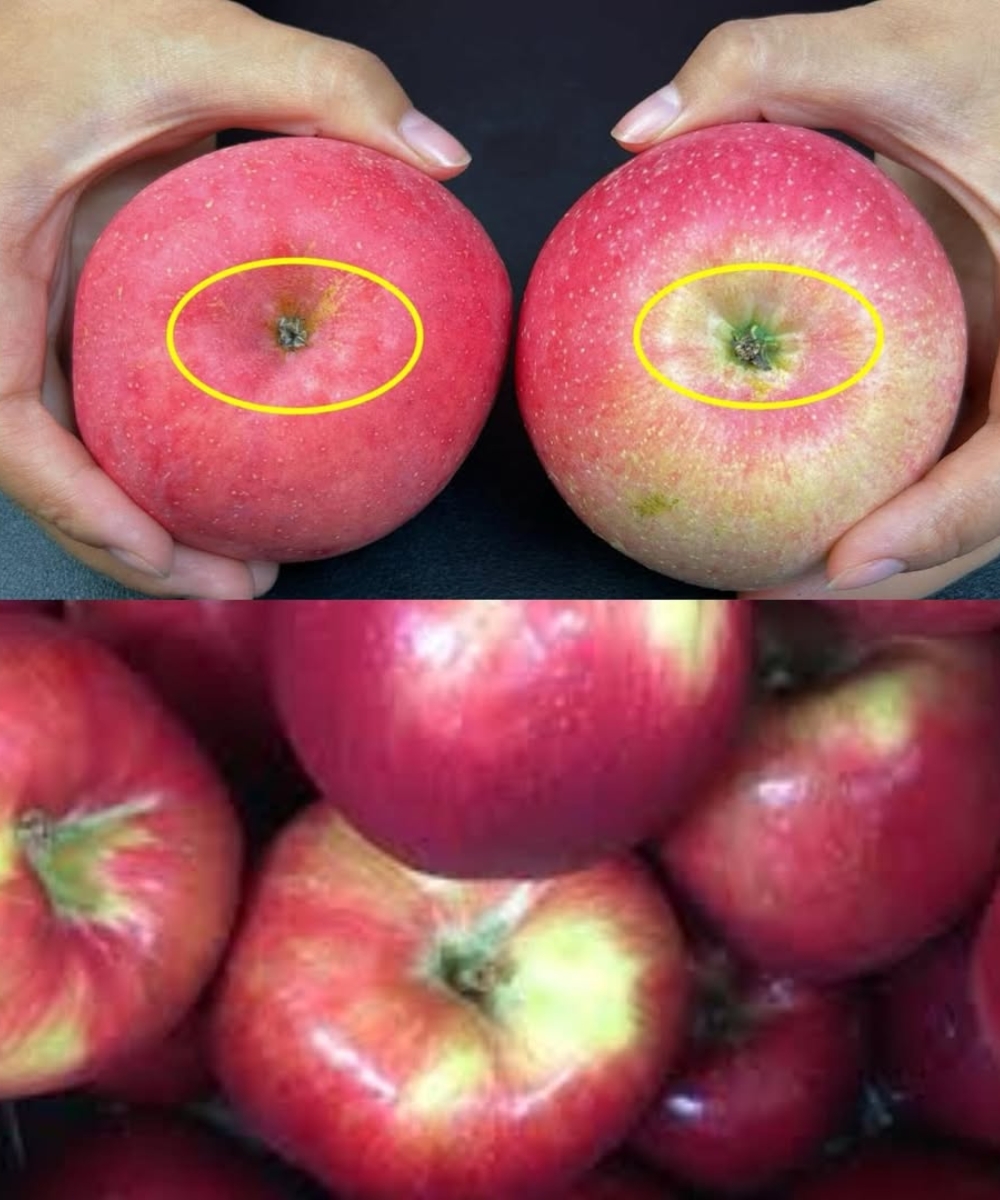ADVERTISEMENT
Tips for Selecting the Best Apples: One Second to Identify Crispy and Sweet Varieties
Apples are a staple in many households and come in a variety of flavors, textures, and uses. Whether you’re baking a pie, making a crisp, or just enjoying a fresh snack, selecting the right apple can make all the difference in the final result. While it may seem daunting with so many varieties available, there are a few simple tips that can help you choose the best apples, and with just one quick look or feel, you can determine which ones are crispy and sweet!
Why the Right Apple Matters
Different apples are suited for different purposes, and choosing the right one can enhance your experience. Some apples are better for eating raw, while others are ideal for baking or making cider. Picking the right apple variety ensures you get the perfect balance of flavor, texture, and juiciness. When selecting apples, you’ll want to consider:
- Crispness: A fresh apple should have a satisfying crunch. If it’s soft or mealy, it’s past its prime.
- Sweetness: Some apples are tart, others are sweet, and the right level of sweetness can elevate your dish or snack.
- Texture: Apples come in various textures, from firm and crunchy to softer varieties that break down easily during cooking.
Here’s how you can easily identify the best apples in just one second:
1. Check the Color
Color can be a quick indicator of an apple’s ripeness and flavor profile. Different varieties have different colors when ripe, but a vibrant, deep color usually signals that the apple is in peak season.
- Red Apples (e.g., Fuji, Gala, Red Delicious): These should have a rich, consistent color. Look for deep, almost burgundy reds with minimal green spots.
- Green Apples (e.g., Granny Smith): A bright, lime green hue is a good sign of freshness and tartness.
- Yellow Apples (e.g., Golden Delicious): These should have a golden-yellow tone, without too much green, indicating sweetness and a tender texture.
2. Feel the Apple’s Firmness
Apple texture is an important factor in choosing the best variety. A crisp, firm apple is ideal for most purposes, while overly soft apples tend to be overripe and mushy.
- Firm Apples: Give the apple a gentle squeeze. If it feels firm with little give, it’s likely fresh and crisp. Apples like Honeycrisp, Gala, and Fuji are known for their firm texture, making them perfect for snacking or using in recipes.
- Soft Apples: If you notice that the apple feels a bit squishy, it’s probably past its prime. These apples, like McIntosh or Red Delicious, tend to soften quickly, which is fine for applesauce but not great for eating raw.
3. Smell the Apple
The aroma of an apple can tell you a lot about its freshness and flavor. Fresh apples will have a subtle, fruity scent that hints at their sweetness. If the apple has no smell or a sour, fermented scent, it’s best to put it back.
- Sweet Varieties (e.g., Fuji, Gala): These apples tend to have a sweet, fragrant aroma when they’re ripe.
- Tart Varieties (e.g., Granny Smith): These apples have a slightly sharper scent, but still smell fresh and clean.
4. Look for Imperfections
While apples with minor blemishes are usually still fine to eat, large bruises, soft spots, or cuts can be a sign of deterioration. Inspect the apple closely for any wrinkles or discoloration, especially around the stem. These could indicate that the apple has started to rot or was improperly handled during transportation.
- Ideal Apples: Choose apples that are blemish-free, firm, and show no signs of bruising or soft spots.
- Avoid Overripe Apples: Apples that have dents, excessive wrinkling, or soft, mushy areas should be avoided.
5. Consider the Variety Based on Use
Different apple varieties excel in different areas. Here’s a breakdown of some common apple varieties and what they’re best for:
